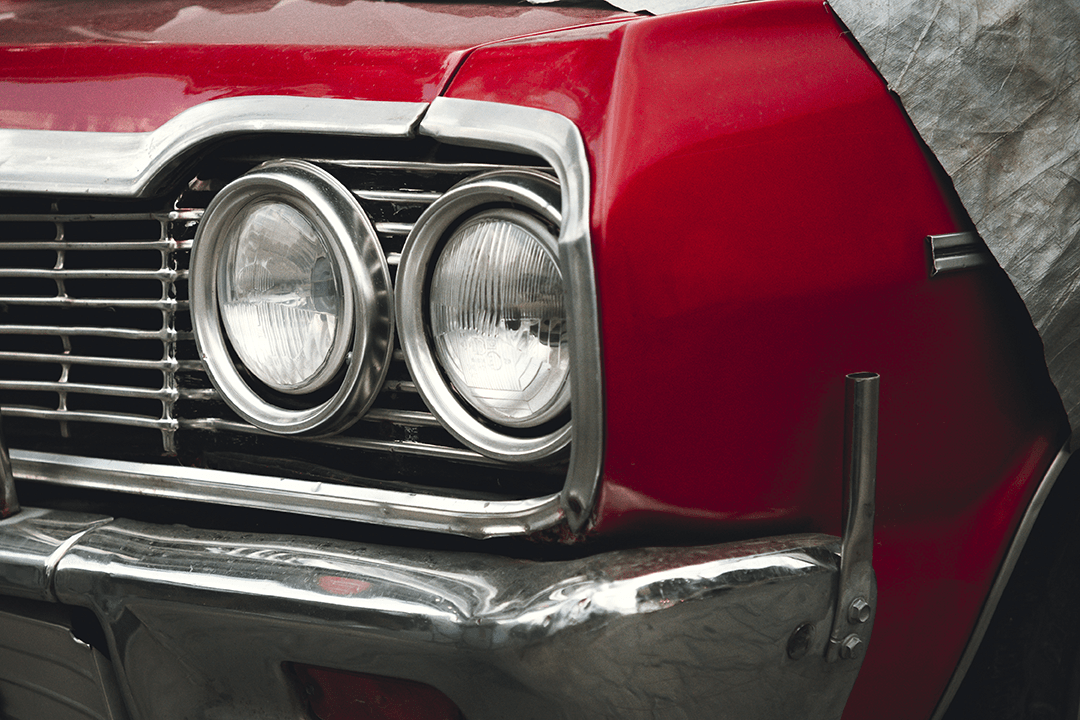
7 Best Tips to Winterize and Store Your Vehicle
Are you are a classic car owner wanting to preserve your prized vehicle, or do you need storage for a car you won’t be driving? In either case, preparing for storage is a smart move. Here are some essential tips that can help you prepare your car for storage.
1. Wash and Wax your Vehicle, and Clean the Interior
First and foremost, it is essential to clean your car inside and out. Wash and wax the outside of your vehicle, and make sure to examine any small debris like tree sap or spots of greasy dirt that may damage your car if left on the paint for too long. A thorough wash and wax can go a long way in protecting your vehicle from scratching, especially when using a car cover while in storage. Washing the inside of your car can help prevent damage as well. If you are cleaning the carpets or using liquid on the interior, make sure to do it ahead of your storage date so that it is nice and dry and does not form mold. In addition, remove any items from the inside of the car that can burst when exposed to freezing temperatures, leak, or cause damage to your vehicle if left unattended for some time.
2. Remove and Store your Car Battery Separately
Another priority to take care of is removing your battery and storing it in a warm, dry location (i.e., in your home somewhere) separate from the car. Extreme temperatures can damage a car battery and cause it to freeze and crack.
3. Cover your Vehicle
Covering the crevices of your car that are in windows and doors and door handles can go a long way in preserving it. Cover any areas that have small openings that can expose your car to the elements. Investing in a quality waterproof car cover is a great idea. You can even get a custom-made car cover that hugs it tight, protecting your mirrors and paint from rust and corrosion. Having a decent car cover can help cut down on dust, moisture, and salt in the air that can corrode your car’s paint. A less expensive alternative is to use plastic bags to cover the windows with masking tape and mirrors with rubber bands. To prevent damage to your car, be sure to use automotive masking tape or painter’s tape, and use techniques that protect your paint job.
4. Protect your Vehicle from Critters Looking for a Home
Rodents and other pests can enter your vehicle via vents, windows, tailpipes, or other small openings. You can cover your air intake and exhaust pipes with rubber-banded plastic bags and cover vents and windows. Be sure to keep track of all the places you block off, so you don’t forget to remove them come spring. A popular way to ward off rodents is to lay scented dryer sheets in the trunk and inside the vehicle because they don’t like the smell. Many people also use mothballs, but they can leave an unwanted odor in your car. You can also use rodent repellants around your car but be forewarned not to put traps inside your vehicle. It could become quite unpleasant if you catch something and don’t find out about it till next spring.
5. Protect the Undercarriage of your Car
Review your car’s undercarriage for any unpainted parts that may be subject to rust and use wd40 or an undercoating product designed to protect these areas.


